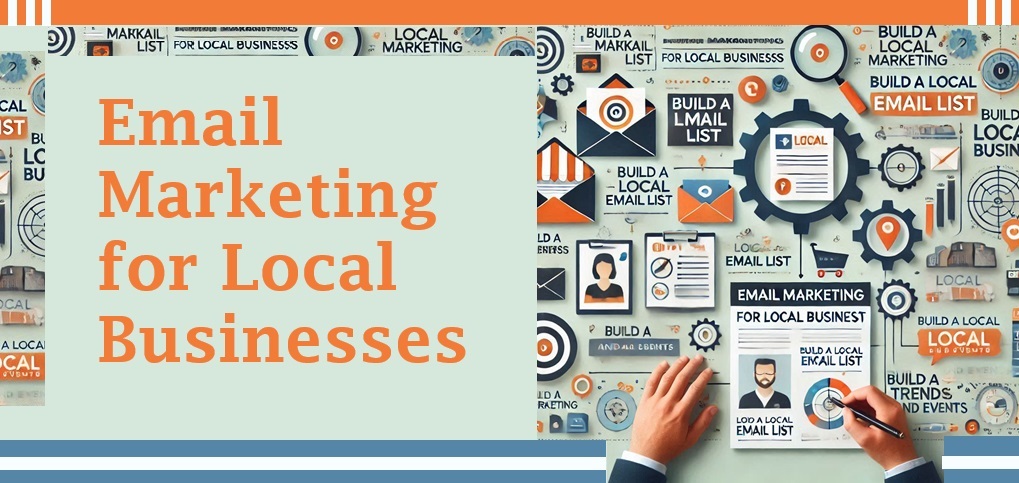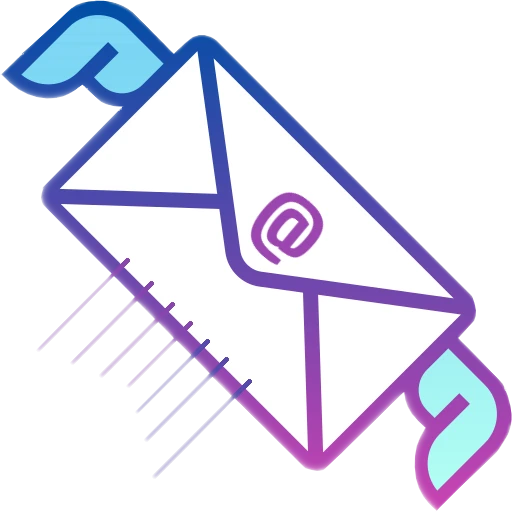
Email Marketing for Local Businesses: A Low-Cost Strategy to Boost Sales
In today’s digital-first world, email marketing remains one of the most effective tools for small and local businesses to connect with their communities. It’s affordable, easy to use, and has the potential to create lasting connections with your customers. Whether you run a neighborhood café, a boutique, or a local service business, email marketing can help you reach your audience, drive sales, and build loyalty—all without breaking the bank.
Why Email Marketing Works for Local Businesses ?
Email marketing’s effectiveness lies in its ability to deliver personalized messages directly to the inbox of your most engaged customers. Here’s why it’s perfect for local businesses:
-
Target a Specific Audience: With email marketing, you can focus on reaching people who are already interested in your business, such as loyal customers or neighborhood residents.
-
High ROI: Studies consistently show that email marketing delivers a return on investment (ROI) that’s unmatched by traditional advertising. For every $1 spent, email marketing can generate an average of $36 in revenue.
-
Build Relationships: Email allows you to maintain a direct line of communication with your customers, fostering a sense of trust and loyalty.
How to Build a Local Email List ?
Your email list is the foundation of your email marketing efforts. Here are some practical ways to grow it:
1. Offer Incentives
Give people a reason to sign up for your email list. Consider offering discounts, free resources, or exclusive perks in exchange for their email address.
-
Example: “Sign up for our newsletter and get 10% off your next purchase!”
2. Collaborate with Other Local Businesses
Partner with complementary local businesses to cross-promote email sign-ups. For example, a local gym and a smoothie shop could share email lists to reach each other’s customers.
3. Leverage In-Store Sign-Ups
Place sign-up sheets at your checkout counter or include a digital option like a QR code. Train your staff to encourage customers to join your email list.
4. Utilize Social Media
Promote your email list on your social media channels. Use posts, stories, or even paid ads to highlight the benefits of subscribing.
5. Host Events or Contests
Encourage sign-ups at community events or through online contests. For example, “Enter your email for a chance to win a $50 gift card!”
Crafting Emails That Drive Engagement
Creating emails that your audience looks forward to opening requires a thoughtful approach. Here’s how:
1. Write Attention-Grabbing Subject Lines
Your subject line is your first impression. Make it count by using local references or highlighting seasonal events.
-
Examples:
-
“[City Name] Loves This New Brunch Spot—Try It This Weekend!”
-
“Exclusive: Summer Sale Just for [Neighborhood Name] Residents!”
-
2. Personalize Your Emails
Use customer names and location-specific details to make your emails feel more personal. Many email marketing tools can automate personalization.
3. Share Engaging Content
Offer value through your emails. This could include:
-
Exclusive discounts
-
Information about upcoming local events
-
Announcements about new products or services
-
Stories or testimonials from local customers
Leveraging Local Trends and Events
Your community is full of opportunities to make your emails relevant and timely. Here’s how to tap into local trends:
1. Align with Local Events
Use festivals, holidays, or community happenings as themes for your email campaigns.
-
Example: During a local farmers' market, a bakery could send an email saying, “Stop by our booth this Saturday for a free cookie sample!”
2. Showcase User-Generated Content
Encourage your customers to share their experiences with your business. Featuring local testimonials, photos, or reviews can build trust and engagement.
Automation and Consistency
Time is a precious resource for any small business owner. Here’s how to streamline your efforts:
1. Automate Campaigns
Set up automated workflows for common email types, such as:
-
Welcome emails for new subscribers
-
Birthday discounts
-
Follow-ups after purchases
2. Maintain a Regular Schedule
Consistency is key to staying top-of-mind. Aim to send emails at least once a month, but avoid overloading your subscribers.
Case Study: Local Business Success
Meet Bella’s Boutique:
A small clothing store in a suburban neighborhood increased their monthly sales by 30% within six months of starting an email marketing campaign.
What They Did:
-
Built an email list by offering 15% off for sign-ups.
-
Sent bi-weekly emails featuring new arrivals and exclusive discounts.
-
Used local event calendars to tie promotions to community happenings.
Results:
-
Gained 500 subscribers in three months.
-
Increased foot traffic to the store during local events.
-
Boosted average purchase size by promoting bundles and deals.
Low-Cost Tools and Resources
Starting with email marketing doesn’t have to be expensive. Here are some affordable tools:
-
Mailchimp: Great for beginners, offering free plans and templates.
-
SendinBlue: Affordable and feature-packed, perfect for small businesses.
-
Canva: Use this free design tool to create visually appealing email graphics.
-
Google Analytics: Track the success of your campaigns and refine your strategy.
Conclusion
Email marketing is a low-cost yet powerful tool for local businesses to connect with their community, boost sales, and build lasting customer relationships. By focusing on growing your email list, crafting engaging messages, and staying consistent, you can create a strategy that delivers real results.
Happy emailing!
Join Our Newsletter!
Get the latest email marketing insights & tools straight to your inbox with SalesData.in!
